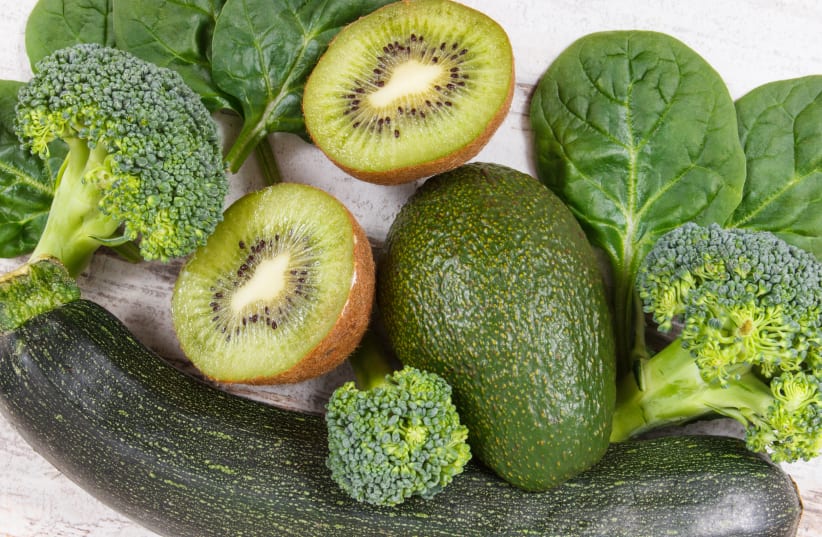Data shows that five-to-10 percent of Israeli kids and teens have ADHD. The symptoms are mainly expressed in hyperactivity and impulsivity, both characteristics that can be problematic in a number of social settings. Other symptoms can include anxiety, depression, emotional instability, restless sleeping, obesity, migraines or asthma. Here are the current treatment options from Cheli Rostoker, a clinical dietitian.
Holistic treatments
Holistic treatments for ADHD has been observed to improve how people function with ADHD.
Multidisciplinary treatment can include medication, psychological counseling, occupational therapy and special training.
Beyond combining medication with behavioral therapy, proper nutrition is essential. A balanced and varied diet infused with vitamins and minerals may help improve attention. ADHD medications tend to suppress appetite, so it’s important to adjust diet accordingly.


Seven food rules to follow:
Avoid the wrong foods
Stay away from too much sugar, sugary drinks, food coloring, caffeine, processed foods, fried foods or those high in trans fat and artificial food colors, some of which are directly linked to the disorder.
It is recommended to include foods that contain omega 3 like tuna, salmon and produce which provides vitamins. Make sure that food items include: iron, vitamin 12B, vitamin A, thiamine, iodine, and zinc. Zinc is obtained from meat, legumes, whole grains, wheat germ, nuts, and grains. Zinc affects the metabolism of dopamine, an important neurotransmitter associated with ADHD.
Regular routine
Eat within the range of two to four hours between meals. Try to not snack between meals.
Children with ADHD will tend to move around a lot during meals, so they might not finish their meals once they sit down for them. What you can do is give them guidelines.
Be especially careful about breakfast
Ritalin, a common medication for treating ADHD, is usually given in the morning and it takes time until it starts to work, so it’s likely that breakfast will be eaten willingly compared to a 10 a.m. snack, and sometimes even lunch.
Breakfast is very important and should contain protein and complex carbohydrates. A balanced breakfast will ensure better functioning during the day and reduce the risk of behavioral and learning disorders.
A full nutritious breakfast is recommended, such as a spelt bread sandwich with omelet and vegetables, a fruit smoothie based on yogurt and flax seeds, or oatmeal with banana.
Important fatty acids in the diet
Docosahexaenoic acid (DHA) is essential for the proper functioning of the brain and nervous system and helps focus and improve memory, EPA allows for optimal cell function and ALA is a crucial component for motor and cognitive development and omega 6 which contributes to brain activity.
Prep your meals
Sometimes in the afternoon or at night, kids with ADHD often suddenly get very hungry and eat bigger meals.
Some food ideas: hard-boiled eggs, baked pancakes or other foods and keep them in the fridge. This allows the kids to choose correctly and eat healthy food once the dam opens. Some kids will be hungry and others will walk around the house restlessly. At this point, a prepared, available meal will make it very easy for you and them.
Follow-up weighing once a week or two
To optimize development and growth, it’s important to make sure that children get the calories they need, but these calories must be from foods with high nutritional value. These foods must have vitamins, minerals, fiber and antioxidants which are found mainly in vegetables, fruits, and raw and unprocessed foods.
Mindfulness meditation
This mental practice has been found to be an effective tool for improving concentration, attention and self-control. The practice is to focus for 2-3 minutes on one visual object like an apple or a circle painted on the wall and concentrate your attention only on the object. This will help kids improve their concentration skills and transfer them to real life situations.
Proper nutrition will improve the ability of children with ADHD to cope with the many symptoms. The baseline is as varied and natural a diet as possible (not processed foods) and following a meal schedule. Just as kids have a regular learning framework in kindergarten or school, so they need a framework for activities at home, including meals.
